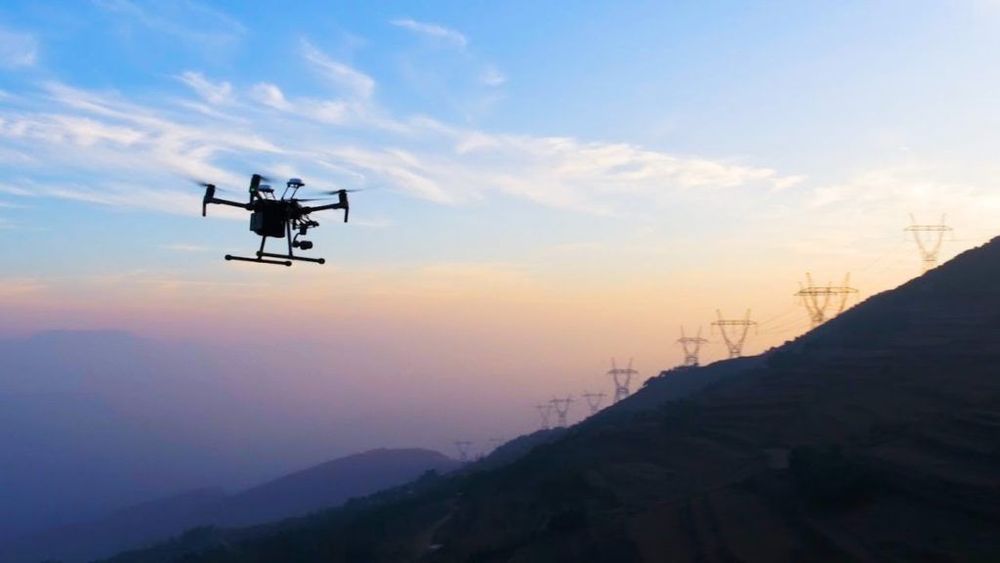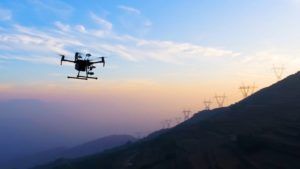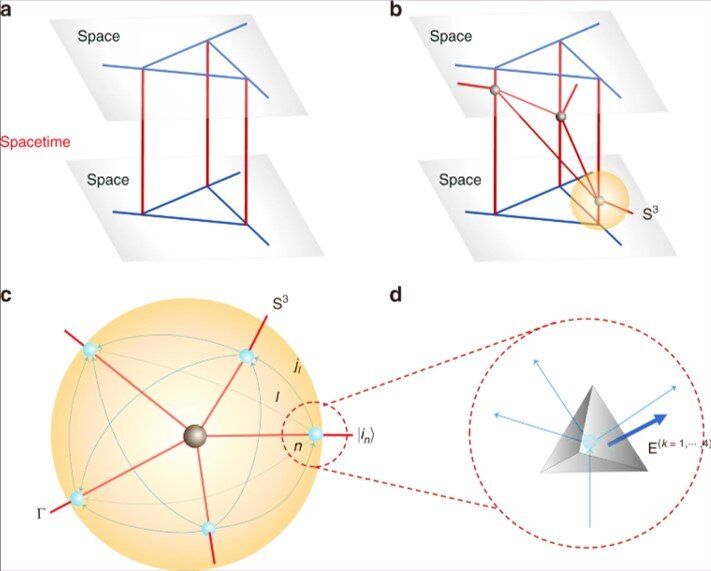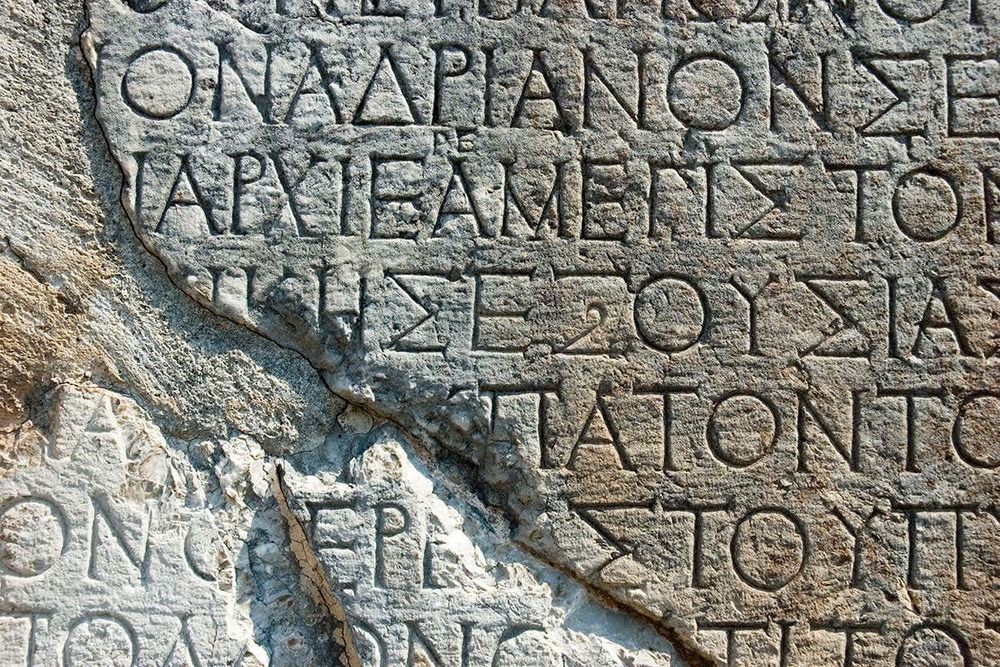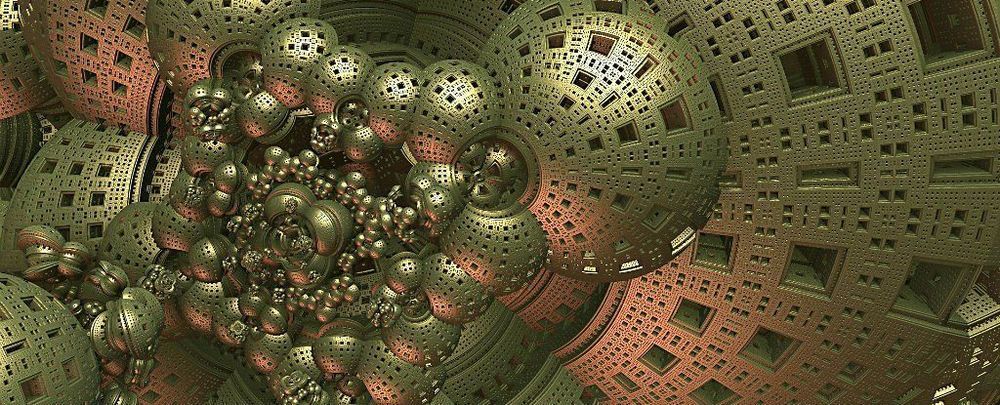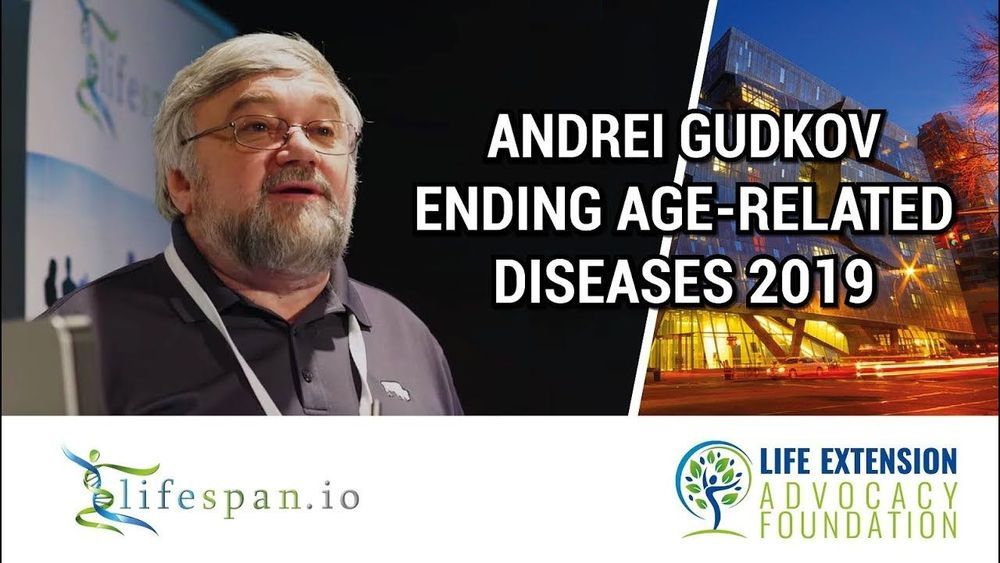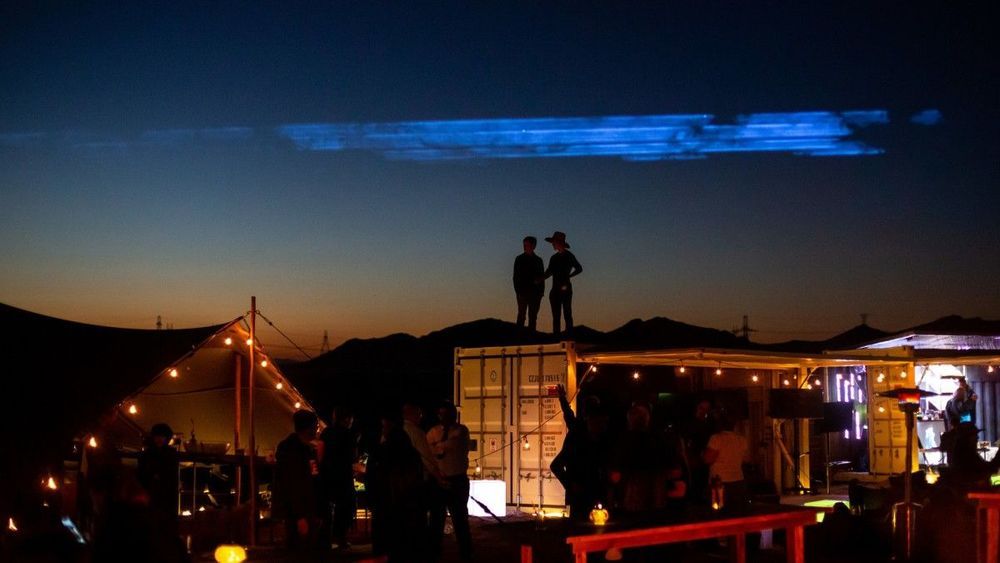Although aging is the greatest risk factor for cancer, a recent study demonstrates how aging cells might, paradoxically, hinder cancer progression.
Are we alone in the universe? It comes down to whether intelligence is a probable outcome of natural selection, or an improbable fluke. By definition, probable events occur frequently, improbable events occur rarely—or once. Our evolutionary history shows that many key adaptations—not just intelligence, but complex animals, complex cells, photosynthesis, and life itself—were unique, one-off events, and therefore highly improbable. Our evolution may have been like winning the lottery … only far less likely.
The universe is astonishingly vast. The Milky Way has more than 100 billion stars, and there are over a trillion galaxies in the visible universe, the tiny fraction of the universe we can see. Even if habitable worlds are rare, their sheer number—there are as many planets as stars, maybe more—suggests lots of life is out there. So where is everyone? This is the Fermi paradox. The universe is large, and old, with time and room for intelligence to evolve, but there’s no evidence of it.
Could intelligence simply be unlikely to evolve? Unfortunately, we can’t study extraterrestrial life to answer this question. But we can study some 4.5 billion years of Earth’s history, looking at where evolution repeats itself, or doesn’t.
A new proposal scheduled to be released from the office of Senator Lee (R-Utah) tomorrow would put the airspace up to 200 feet in altitude over private property under the control of the property owner – and would restrict the FAA’s right to regulate airspace below 200 feet in altitude, making any zoning or regulatory decisions the right of the state or tribal entity governing the land.
DRONELIFE received a summary of the bill from Senator Lee’s office. We may not quote from the summary, as the bill is due to be released tomorrow. In essence, the bill seeks to clarify and control two significant legal issues that remain unresolved: 1) Establish the airspace to 200 feet in altitude above private property as under the exclusive control of the property owner; and 2) Establish state, tribal and local governments as having exclusive and absolute rights to regulate that airspace.
In summary, the bill would propose that the altitude between 200 and 400 feet be designated for the use of civilian drones – although it wouldn’t prohibit the FAA from allowing drones above 400 feet. The area under 200 feet would be under the jurisdiction of state, local and tribal governments – and the bill would call for a redefinition of “navigable airspace” to make that clear.
Contrary to popular belief, cartilage in human joints can repair itself through a process similar to that used by creatures such as salamanders and zebrafish to regenerate limbs, researchers at Duke Health found.
Publishing online Oct. 9 in the journal Science Advances, the researchers identified a mechanism for cartilage repair that appears to be more robust in ankle joints and less so in hips. The finding could potentially lead to treatments for osteoarthritis, the most common joint disorder in the world.
“We believe that an understanding of this ‘salamander-like’ regenerative capacity in humans, and the critically missing components of this regulatory circuit, could provide the foundation for new approaches to repair joint tissues and possibly whole human limbs,” said senior author Virginia Byers Kraus, M.D., Ph.D., a professor in the departments of Medicine, Pathology and Orthopedic Surgery at Duke.
Quantum simulation plays an irreplaceable role in diverse fields, beyond the scope of classical computers. In a recent study, Keren Li and an interdisciplinary research team at the Center for Quantum Computing, Quantum Science and Engineering and the Department of Physics and Astronomy in China, U.S. Germany and Canada. Experimentally simulated spin-network states by simulating quantum spacetime tetrahedra on a four-qubit nuclear magnetic resonance (NMR) quantum simulator. The experimental fidelity was above 95 percent. The research team used the quantum tetrahedra prepared by nuclear magnetic resonance to simulate a two-dimensional (2-D) spinfoam vertex (model) amplitude, and display local dynamics of quantum spacetime. Li et al. measured the geometric properties of the corresponding quantum tetrahedra to simulate their interactions. The experimental work is an initial attempt and a basic module to represent the Feynman diagram vertex in the spinfoam formulation, to study loop quantum gravity (LQG) using quantum information processing. The results are now available on Communication Physics.
Classical computers cannot study large quantum systems despite successful simulations of a variety of physical systems. The systematic constraints of classical computers occurred when the linear growth of quantum system sizes corresponded to the exponential growth of the Hilbert Space, a mathematical foundation of quantum mechanics. Quantum physicists aim to overcome the issue using quantum computers that process information intrinsically or quantum-mechanically to outperform their classical counterparts exponentially. In 1982, Physicist Richard Feynman defined quantum computers as quantum systems that can be controlled to mimic or simulate the behaviour or properties of relatively less accessible quantum systems.
In the present work, Li et al. used nuclear magnetic resonance (NMR) with a high controllable performance on the quantum system to develop simulation methods. The strategy facilitated the presentation of quantum geometries of space and spacetime based on the analogies between nuclear spin states in NMR samples and spin-network states in quantum gravity. Quantum gravity aims to unite the Einstein gravity with quantum mechanics to expand our understanding of gravity to the Planck scale (1.22 × 1019 GeV). At the Planck scale (magnitudes of space, time and energy) Einstein gravity and the continuum of spacetime breakdown can be replaced via quantum spacetime. Research approaches toward understanding quantum spacetimes are presently rooted in spin networks (a graph of lines and nodes to represent the quantum state of space at a certain point in time), which are an important, non-perturbative framework of quantum gravity.
An AI was trained on thousands of ancient Greek engravings to fill the gaps where there are missing or damaged words.
From tiny snowflakes to the jagged fork of a lightning bolt, it’s not hard to find examples of fractals in the natural world. So it might come as a surprise that, until now, there have remained some places these endlessly repeating geometrical patterns have never been seen.
Physicists from MIT have now provided the first known example of a fractal arrangement in a quantum material.
The patterns were seen in an unexpected distribution of magnetic units called ‘domains’, which develop in a compound called neodymium nickel oxide — a rare earth metal with extraordinary properties.
We’re continuing to release talks from Ending Age-Related Diseases 2019, our highly successful two-day conference that featured talks from leading researchers and investors, bringing them together to discuss the future of aging and rejuvenation biotechnology.
Dr. Andrei Gudkov of the Roswell Park Comprehensive Cancer Center gave a highly technical and in-depth presentation about the retrobiome, a specific subset of genetics that vary between mammalian species, as a key driver of aging. According to this model, as DNA damage accumulates, senescent cells are less efficiently disposed of by the immune system, strongly contributing to the familiar diseases of aging. He also discussed related topics, including how LINE1 (RTL1), a protein that is produced as part of the retrobiome, may be effective against cancer proliferation.
The only in-flight beverages on the 11-seat private jet were bottled water and a genetically modified bacterial slurry designed to prevent the worst effects of hangovers.
A handful of passengers on the short evening flight from Hawthorne to the edge of the Mojave — venture capitalists, a man with a mushroom-based manufacturing company and this reporter — downed the mixture. The pilot, along with two senior SpaceX engineers, politely declined.
At the Apple Valley Airport, a helicopter waited to take us beyond a far ridge, farther from civilization. Miles from paved roads were two tents, a ring of shipping containers and an “H” painted on the dirt marking a makeshift helipad.


